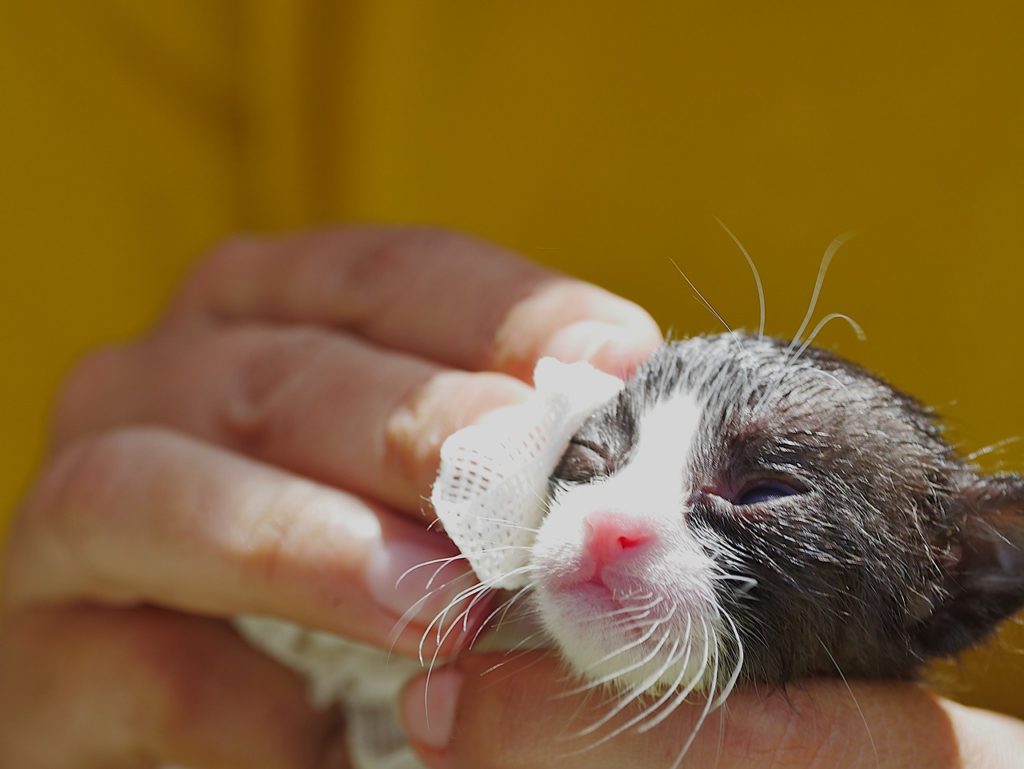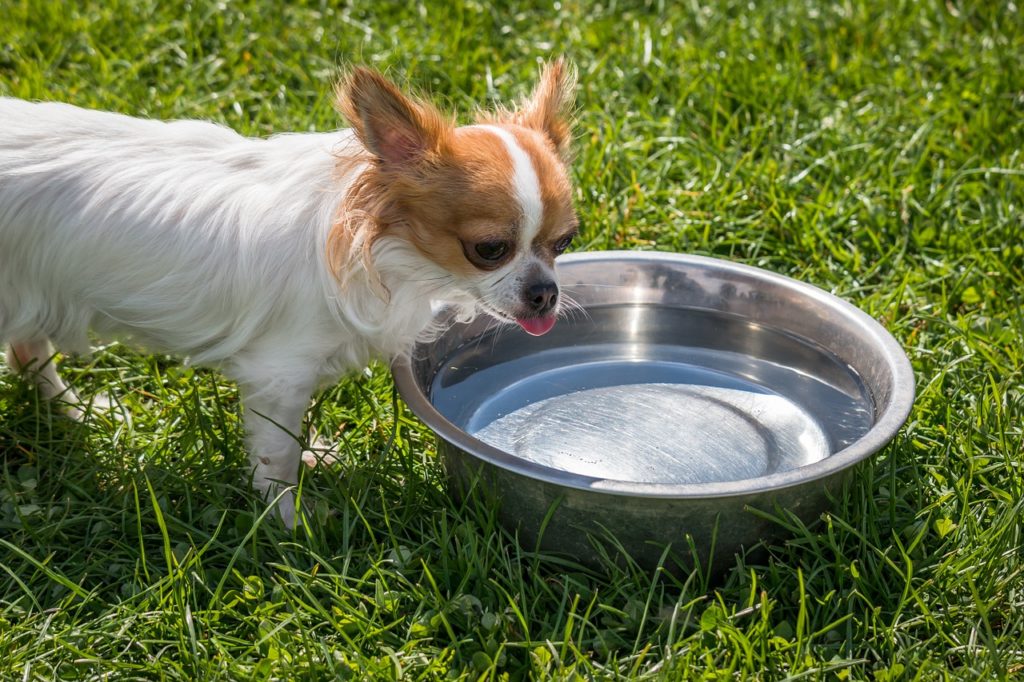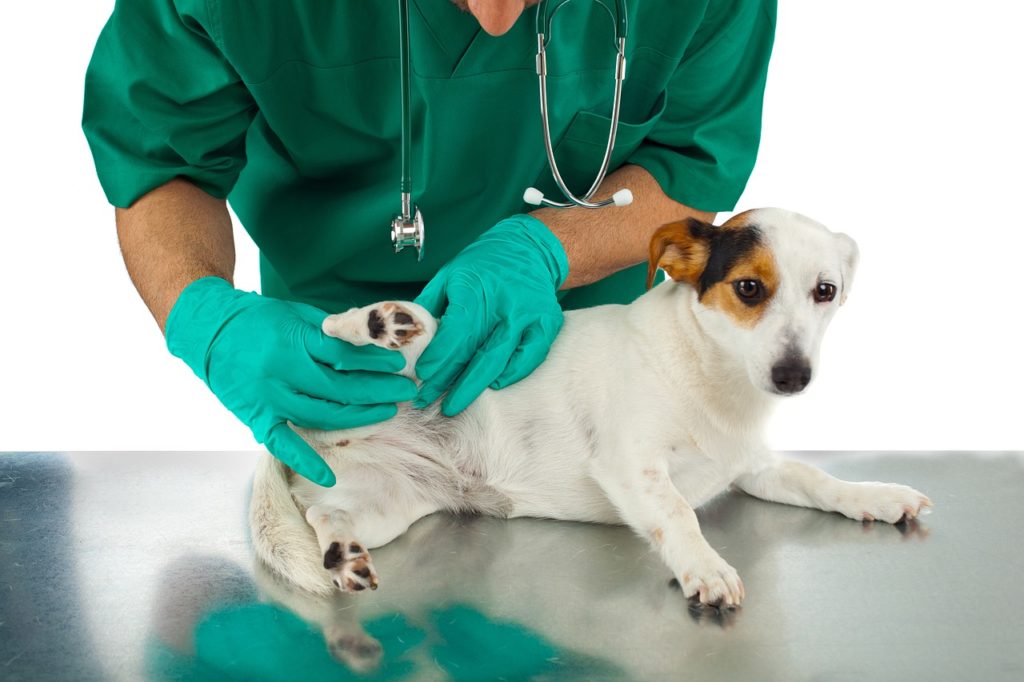When you search for homemade flea repellents and treatments online, you will notice that many articles suggest vinegar. But is vinegar really effective against fleas?
The short answer is no. It can work, but it’s not as effective as the claims say.
Why people use vinegar against fleas
People use vinegar against fleas because they have read about its effectiveness on the internet. Most articles have two general claims why vinegar is great against these pests. They say that the acidity of vinegar kills fleas and the strong smell and taste of vinegar help in driving them away or repelling them.
But vinegar isn’t actually acidic enough to kill fleas and its strong smell and taste don’t convince these pests to let go of their free meals.
With better and actually effective methods out there, there is no reason to use ineffective and unproven ingredients against fleas such as vinegar.
How people use vinegar against fleas
People use vinegar against fleas in two main ways. They may make a flea spray with vinegar or let their pets consume the vinegar daily.
Making a flea spray using vinegar
To create a flea spray, combine water and vinegar in a 1:1 ratio. Put the mixture in a spray bottle and spray away, focusing on the pet’s neck and tail, because these are the favorite spots of fleas.
Some people use apple cider vinegar instead of white vinegar. They claim that it’s just as effective and has a more enticing smell for sensitive pets. After all, cats and dogs have a strong sense of smell. Spraying them with vinegar may prove to be unpleasant for them. They can become more cooperative when you use apple cider vinegar because the smell is not as overpowering.
Some people also combine water and vinegar in a 2:1 or 3:1 ratio to further reduce the overpowering smell of the mixture. But the mixture is less potent because the vinegar is too diluted in water.
Here are the steps on how to use the flea spray on your pet:
- Check if your pet has wounds. Before actually using the spray, check your pet first if it has scratches, sores, or whatever kind of wound or opening in the skin. Vinegar stings on open skin. Your pet may refuse to cooperate when it gets hurt.
- Use the spray on your pet. Spray the mixture on your pet. Give particular attention to the neck and tail because these are hotspots for fleas. Also avoid the eyes and open skins. Repeat this process for the next few days.
- Use a washcloth if your pet doesn’t like the spray bottle. Some pets don’t like sprays. They just don’t like the spraying motion of the bottle and may refuse to cooperate. If your pet doesn’t like the spray bottle, you can put the mixture in a bowl. Dip a washcloth in the bowl and wipe your pet with the damp washcloth.

Letting pets consume vinegar daily
Some people give vinegar for their pets to consume. They claim that vinegar oozes out of their pets’ skins. As a result, their skins will have an acidic taste that will turn off pests such as fleas.
For this method, you will need three things: water, vinegar, and your pet’s drinking bowl. Most people use apple cider vinegar instead of white vinegar because of the taste. Mix water and apple cider vinegar in your pet’s drinking bowl. Put about a teaspoon of apple cider vinegar for every quart of water.
Here are the steps on how to let your pet consume this mixture:
- Make a taste test first. Observe how your pet reacts to the mixture you have put in its drinking bowl. If it finds the mixture unpleasant, don’t force your pet to drink it. You don’t want to make the act of drinking unpleasant for your pet.
- Adjust the ratio if your pet doesn’t like it. If your pet refuses to drink the mixture, use a smaller amount of apple cider vinegar in your mixture. Taste test again and again until you find the proper ratio that you pet can tolerate.
- Gradually increase the ratio over time. If you have reduced the ratio of apple cider vinegar, let your pet be accustomed to the current mixture first. As you go along, increase the ratio of the apple cider vinegar until your pet consumes a teaspoon of the ingredient for every quart of water.

Why vinegar is not effective against fleas
Vinegar is always suggested as a DIY solution to flea problems, but you should take this with a grain of salt. It is not as effective as the claims say.
The claims are mostly negligible
People use flea sprays to kill through acid and repel fleas through strong smells and tastes. People let their pets consume apple cider vinegar to give an acidic taste to their pets’ skins that will be unappealing for fleas.
These can work to some extent, but their effects are mostly negligible. You will not be able to kill enough fleas with vinegar, if you kill any at all. And fleas will not let go of their host just because it smells or tastes bad.
Vinegar doesn’t have the acidity to kill fleas
To get rid of your pet’s flea problem, you have to kill the fleas in all their life stages. You have to kill adult fleas, larvae, and eggs. Vinegar is not effective in killing fleas in any life stage. Contrary to popular claims online, vinegar actually doesn’t have the acidity to kill fleas or even penetrate the shells of larvae and eggs.
Some veterinarians will recommend apple cider vinegar for other health concerns, but not fleas.
Vinegar can cause a lot of internal problems
Indeed, vinegar is not a strong enough acid to seriously harm the flea population in your pet. But it can be strong enough to harm the pet you are trying to protect.
Vinegar can wear away enamel, the protective layer of your pet’s teeth. It can also damage your pet’s digestive tract, especially the thin lining of the esophagus and stomach. In the worst cases, vinegar can even result in stomach ulcers.

Final Thoughts
Vinegar is a common home product that is always said to be an effective DIY solution to many problems, such as fleas. But be careful in believing these claims without second thoughts.
Vinegar is not the best product to get rid of fleas. You will be better off with more conventional and proven flea repellents and treatments, such as flea collars, spot-on treatments, and even tablets. Don’t be afraid to consult a veterinarian for your pet’s flea problem.

